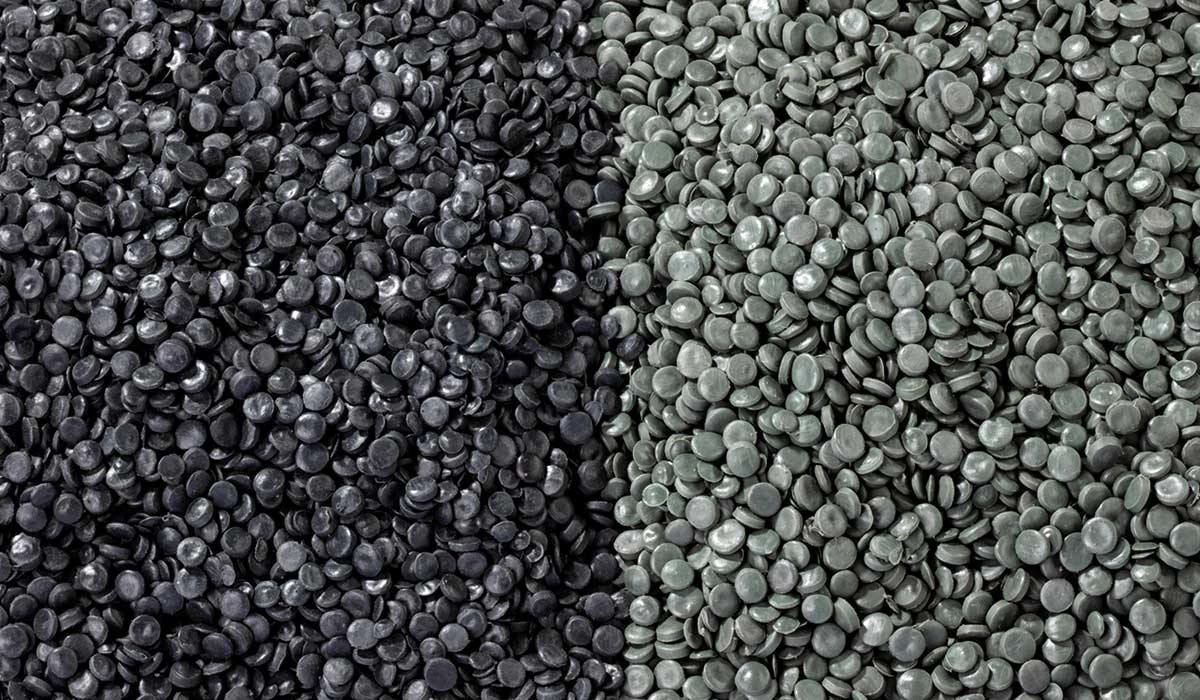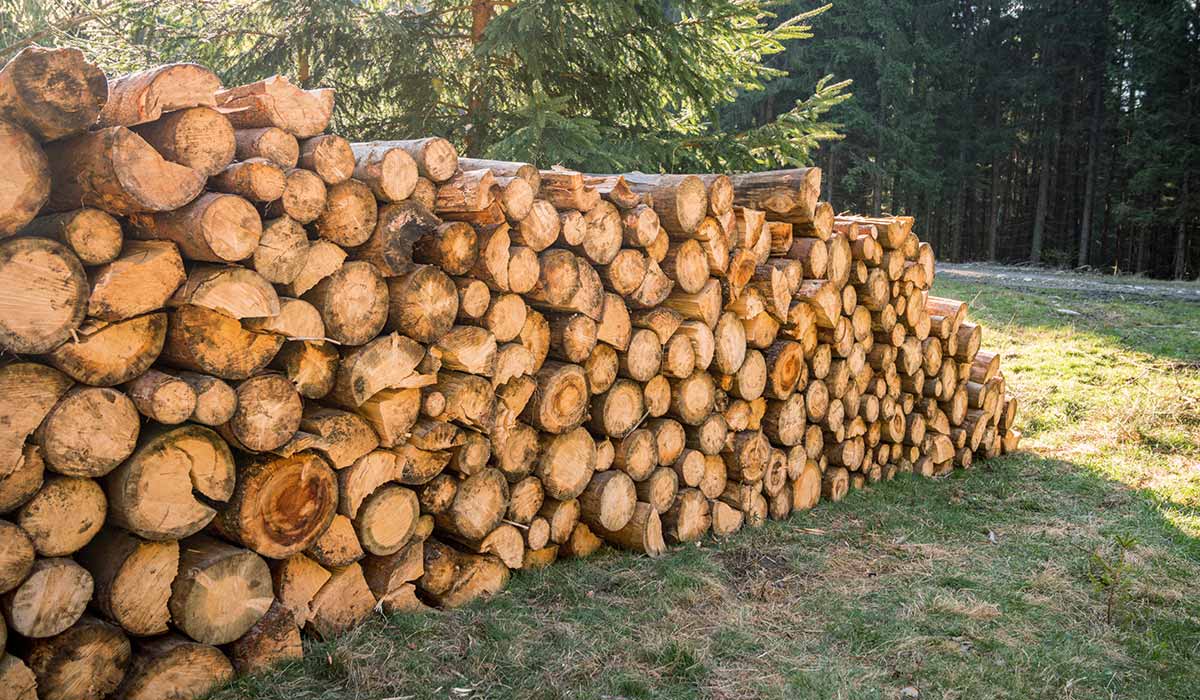
Incorrect disposal is a fire hazard
How old electrical appliances are recycled
Old and worn-out electrical appliances, from printers to cordless screwdrivers, are now collected separately. Although the devices also contain valuable metals, they often also contain harmful substances such as toners, capacitors and lithium-ion batteries, which must be disposed of properly to protect health and the environment and are also fire hazards.
The returned WEEE is sorted into six collection groups. This means that the requirements of the different appliances can already be better addressed during the initial treatment. The treatment and recycling processes vary greatly depending on the type of appliance. Large appliances are collected separately from small ones so that they are not destroyed. At the Brilon site, Lobbe treats and dismantles some electrical appliances. The small electrical appliances delivered there, such as computers, printers or even shavers and electric toothbrushes, are disassembled and sorted manually. "In the process, our skilled workers first remove components containing harmful substances, such as batteries, capacitors or even toner cartridges, cables and plugs," explains Pier Mertens, team leader at the Brilon site. At the end of the process, many different material groups have emerged from the electrical appliances. WEEE also contains high-quality components and other materials that can be reused very well. Disassembled, it thus conserves resources and our environment. In order to be able to separate the valuable metals, but also the pollutants, printed circuit boards, for example, have to be removed by hand and collected in different fractions. While the metal fractions are used in recycling plants for the production of new metals, the remaining plastic fractions find their way into material recycling.
Lithium-ion batteries, which are installed in many electrical appliances and sometimes cannot be removed at all, are often problematic, for example in smartphones, cordless screwdrivers or electric toothbrushes. Rechargeable batteries have been part of modern everyday life for years: they are very practical because they have a high energy intensity. But they are also fire hazards: incorrectly disposed of lithium-ion batteries endanger human lives, start fires and can explode. Many consumers do not know that any of these batteries can become a dangerous fire starter if damaged. A lithium-ion battery, unlike an alkaline battery for example, does not simply leak if damaged, but can spread enormous heat. To prevent this, lithium-ion batteries must be collected separately in battery collection containers at retail outlets or recycling centres and then specially treated.

